Exploring Habitability: What If Earth Replaced Other Planets?
Written on
Chapter 1: Introduction to Planetary Habitats
Have you ever pondered what might occur if Earth were to swap places with other planets in our solar system? A curious reader recently posed the question: "What if Earth were situated in the orbits of Mercury, Venus, Mars, or other planets? What would the conditions be like for life?" Let’s delve into the implications of this scenario by examining each planet’s orbit and its potential for sustaining life. For the sake of simplicity, we’ll assume that Earth maintains a 24-hour rotation period while only altering its orbital position.
To begin our exploration, we must analyze the expected temperature on these hypothetical Earth-like planets. The following formula will guide us:

Here, T represents the equilibrium temperature of the planet. In this calculation, the planet is treated as an absolute black body, disregarding factors such as greenhouse gases. For instance, Earth's equilibrium temperature is approximately -18°C, whereas the actual average is around +14°C.
Section 1.1: Earth at Mercury's Orbit
If Earth were to occupy Mercury's orbit, the result would be extreme heat. The equilibrium temperature, in this case, would reach a staggering 137°C. At such high temperatures, oceans would evaporate, significantly increasing water vapor in the atmosphere—a potent greenhouse gas—resulting in an average temperature soaring to about 200°C. Consequently, the possibility of advanced life forms existing on this planet would be virtually nonexistent.
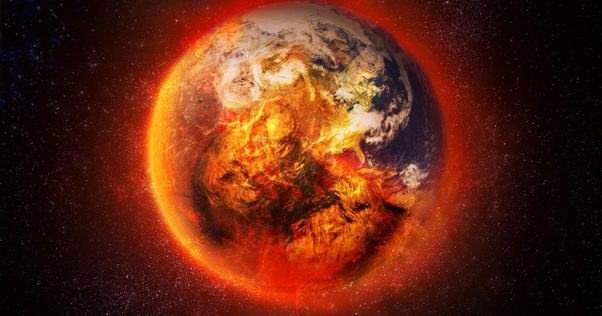
It is also worth noting that the orbital eccentricity of Mercury and atmospheric loss due to solar wind would further contribute to making "Earthcury" an uninhabitable environment.
Subsection 1.1.1: Earth at Venus' Orbit
Next, let’s consider the scenario where Earth occupies Venus' orbit. The conditions would be significantly more extreme, with an equilibrium temperature of 27°C. Factoring in the greenhouse effect, the average surface temperature could escalate to around 60°C. While oceans might not boil, they would evaporate rapidly, leading to the melting of polar ice caps. This would initially increase atmospheric water vapor, but may also foster the development of dense cloud cover, which could moderately cool the surface temperature.
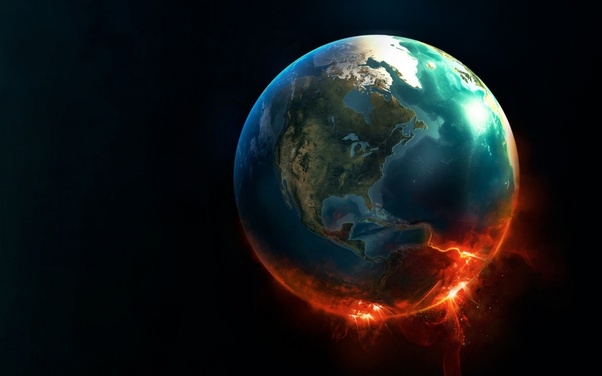
If "Earthnus" can avert an uncontrollable greenhouse effect, it might remain habitable. However, not all terrestrial species would adapt to the heightened temperatures and humidity, though climatic zones could persist, allowing for pockets of life closer to the poles.
Section 1.2: Earth at Mars' Orbit
Now, let’s examine Mars' orbit. Here, Earth would face conditions bordering on habitability, with an equilibrium temperature of -66°C. The expansion of polar ice caps would reflect more sunlight, while simultaneously reducing atmospheric water vapor, resulting in an average temperature around -40°C.
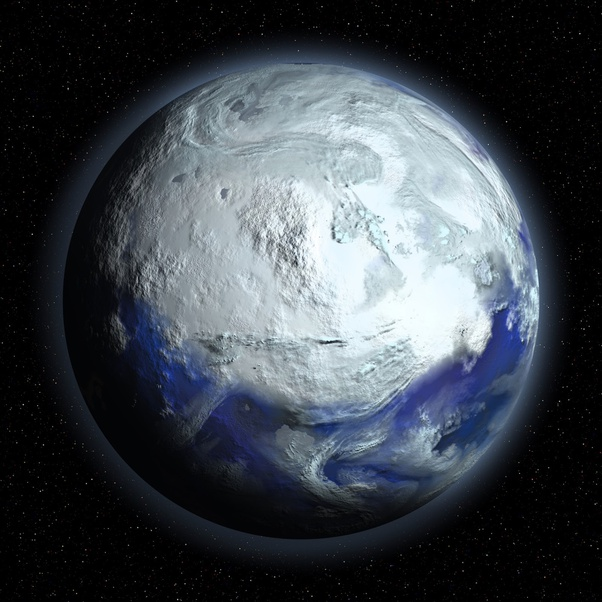
In these frigid conditions, the equatorial regions might still support life. However, with reduced ocean and forest areas, the decline in photosynthetic organisms could critically lower the atmosphere's oxygen levels. Additionally, diminished solar radiation could hinder evolutionary processes, making adaptation difficult for terrestrial life. Despite these challenges, "Earthrs" may still hold the best prospects for sustaining life among these hypothetical scenarios.
Chapter 2: Earth in the Outer Solar System
In the first video, "I Replaced Every Planet with Earth and Waited 1000 Years," we can see a captivating visual exploration of what would happen if Earth replaced each planet in our solar system.
The second video, "If the Moon were replaced with some of our planets," further investigates the potential impacts of planetary replacement on Earth's moon.
Section 2.1: Earth at Jupiter's Orbit
If we place Earth in Jupiter's orbit, the scenario becomes dire. The equilibrium temperature would plummet to -161°C, causing oceans to freeze and potentially even freezing atmospheric gases, resulting in a significantly weakened greenhouse effect.
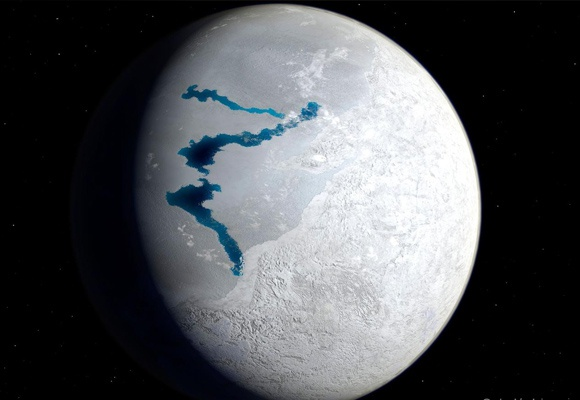
The average surface temperature would settle around -140°C, with only a slim chance of transient temperatures above freezing in equatorial regions. However, the absence of permanent water bodies would render life impossible. While humans could theoretically inhabit specially designed, heated structures on "Zeupiter," the practicality of such a scenario remains questionable.
Section 2.2: Earth at Saturn's Orbit
Similar to Jupiter, Earth at Saturn's orbit would present extreme conditions, with an equilibrium temperature of -190°C—close to the boiling points of oxygen and nitrogen.
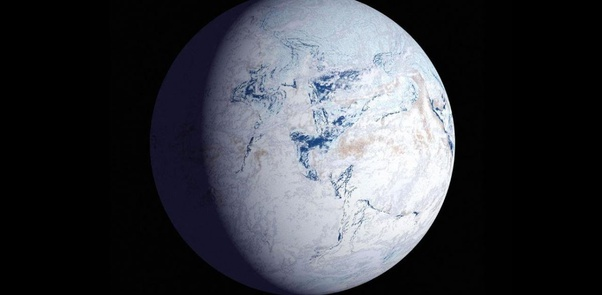
The atmosphere would likely dissipate entirely, ruling out any possibility of liquid water on the surface, though there might be lakes of liquid nitrogen and oxygen.
Section 2.3: Earth at Uranus and Neptune's Orbits
Finally, placing Earth in the orbits of Uranus and Neptune would yield similarly inhospitable conditions.
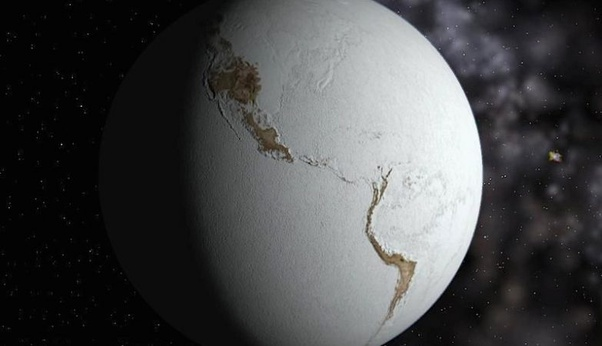
In both cases, the oceans and atmosphere would freeze solid, making life utterly impossible.
Feel free to clap if you'd like to see more articles about space in your feed!
Don’t forget to subscribe to our channel and share your questions for future articles. If you appreciate my work, consider supporting me on Medium for just $5 a month to help us produce even better content.